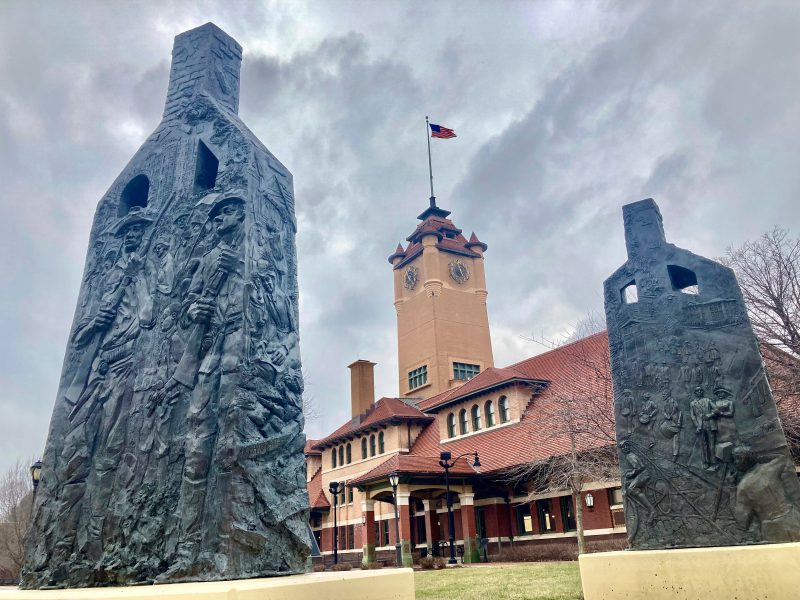The Tulsa Race Massacre: From Forgotten Tragedy to National Monument
The year 1921 marked a dark chapter in American history that many have long tried to sweep under the rug – the Tulsa Race Massacre. Despite the harrowing events that unfolded on May 31st and June 1st of that year, it was a tragedy that went largely unrecognized by the federal government for nearly a century. However, with President Joe Biden’s recent actions, that long overdue recognition is now becoming a reality.
On May 31, 1921, an African American man named Dick Rowland was falsely accused of assaulting a white woman, Sarah Page, in an elevator in Tulsa, Oklahoma. Following Rowland’s arrest, a white mob gathered outside the courthouse where he was being held, stoking racial tensions that had been simmering for years. The situation quickly spiraled out of control, leading to a violent assault on the prosperous Black neighborhood of Greenwood, also known as Black Wall Street.
The Greenwood District was a thriving community of African American businesses, homes, and churches. However, over the course of two days, this vibrant community was reduced to ashes as white mobs looted, burned, and destroyed everything in their path. The exact death toll remains unknown, but estimates suggest that hundreds of African Americans were killed, and thousands more were left homeless.
Despite the scale of the destruction and loss of life, the Tulsa Race Massacre was largely erased from the historical record for decades. Local authorities actively covered up the massacre, and survivors were often too traumatized to speak about their experiences. The federal government also turned a blind eye to the tragedy, further marginalizing the victims and their descendants.
It wasn’t until the 1990s that the Tulsa Race Massacre began to receive the attention it deserved. The Oklahoma state government established the Tulsa Race Riot Commission in 1997 to investigate the events of 1921 and promote public awareness. The commission’s findings played a crucial role in bringing the massacre to light and challenging the longstanding narrative of silence and denial.
President Joe Biden’s recent visit to Tulsa on the 100th anniversary of the massacre marked a significant turning point in the quest for recognition and remembrance. During his visit, Biden announced plans to designate the site of the massacre as a national monument, ensuring that the tragic events of 1921 will be remembered and honored for generations to come.
By establishing a national monument at the site of the Tulsa Race Massacre, President Biden has taken a vital step towards acknowledging and confronting America’s history of racial violence and injustice. The monument will serve as a tangible reminder of the resilience and strength of the Greenwood community, as well as a testament to the ongoing struggle for racial equality in the United States.
In conclusion, the road to recognizing the Tulsa Race Massacre as a national tragedy has been long and arduous, but with President Biden’s recent actions, the victims and survivors of this atrocity are finally getting the recognition and respect they deserve. By turning the site of the massacre into a national monument, we are not only honoring the memory of those who lost their lives but also reaffirming our commitment to truth, justice, and reconciliation in the face of our nation’s painful past.
